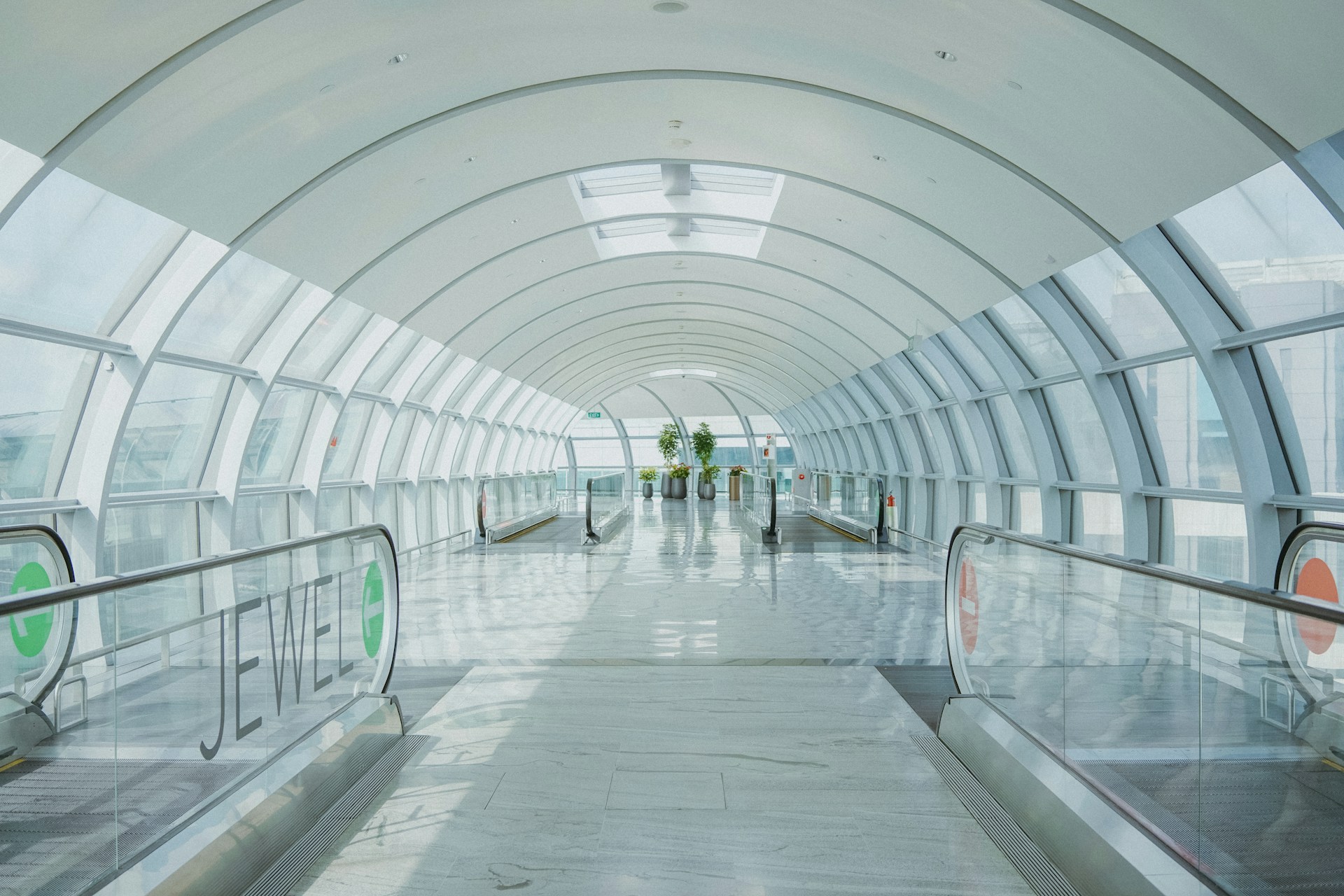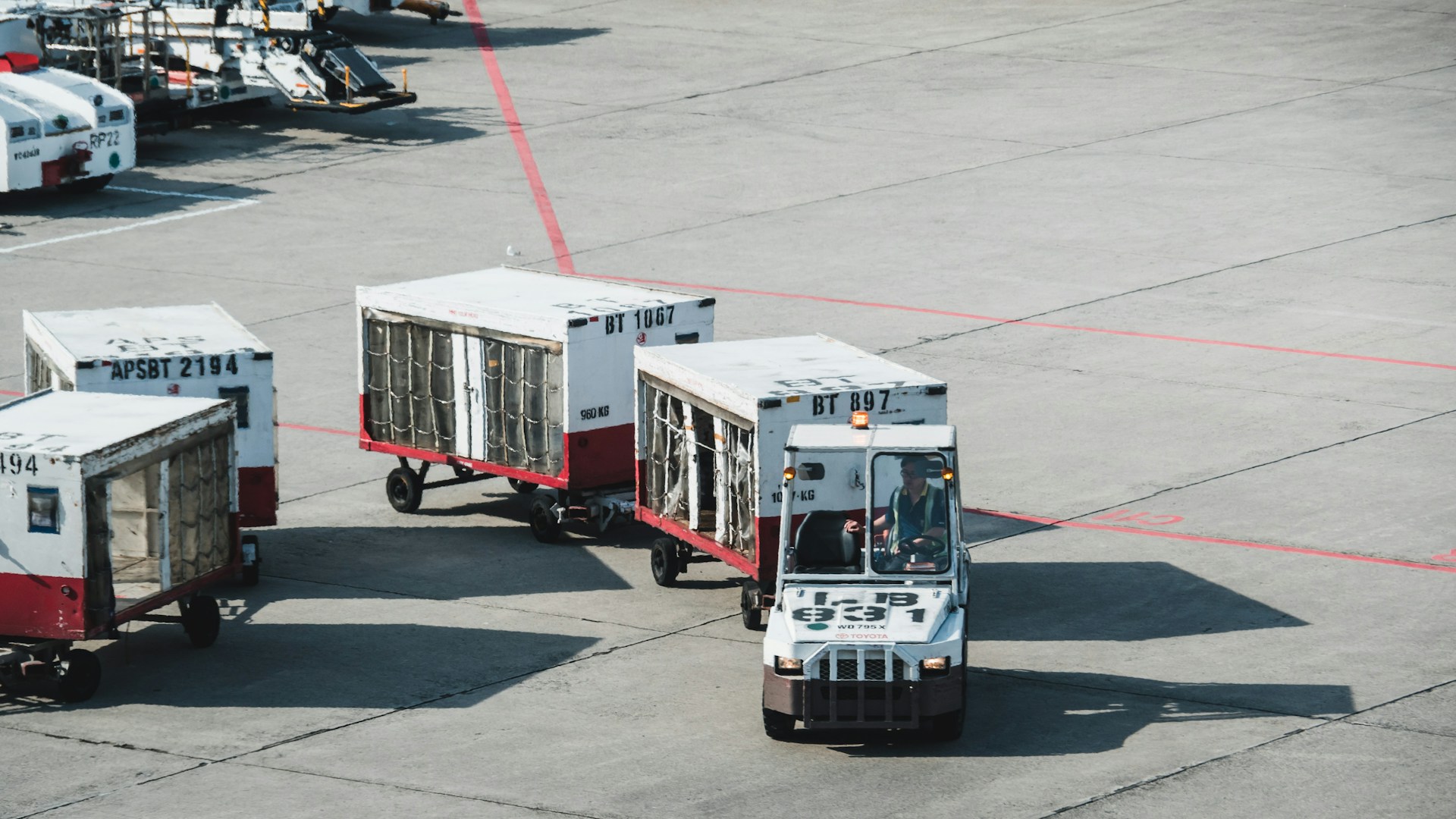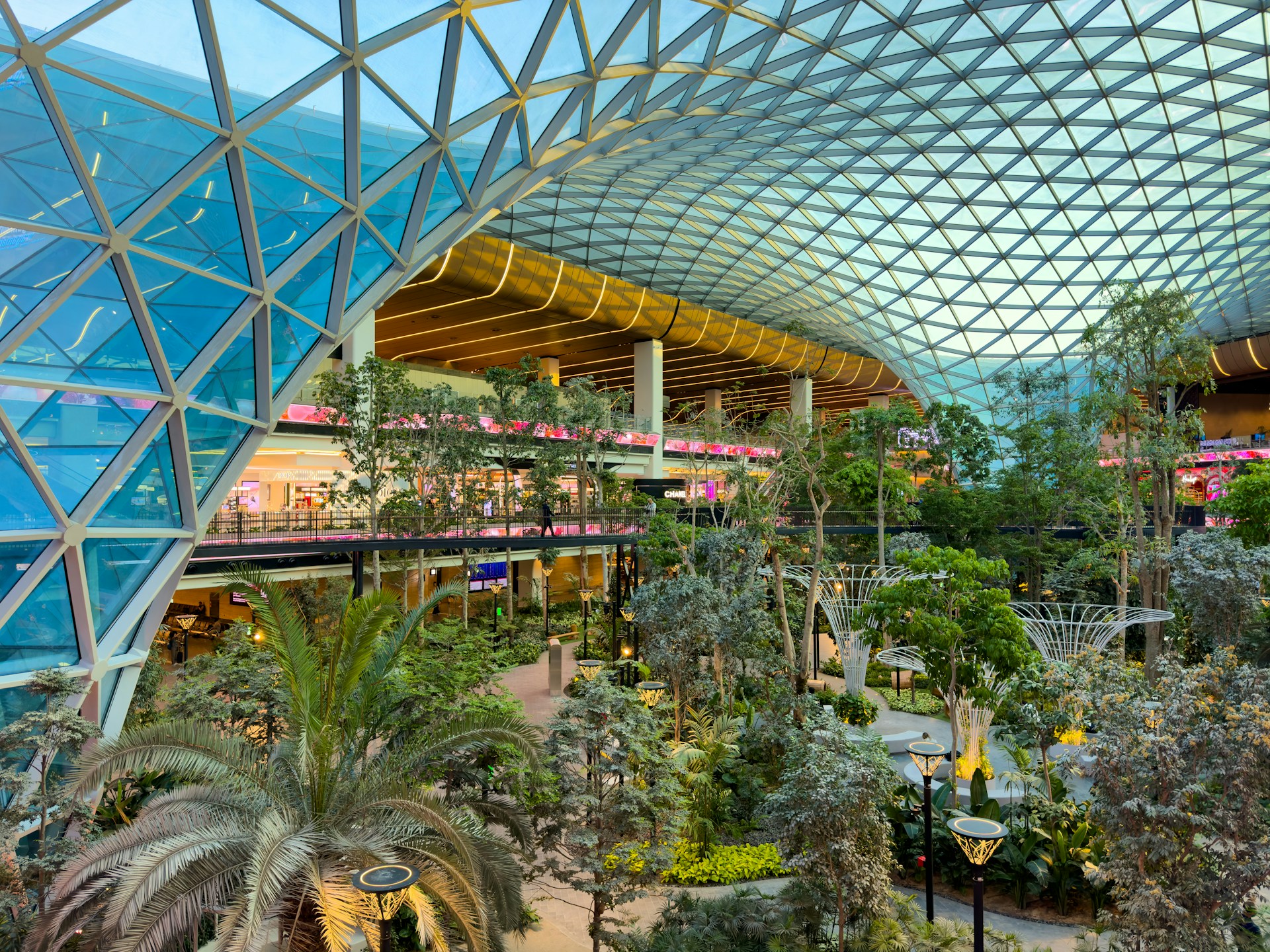
Let’s be honest: airports haven’t always been the most enjoyable part of traveling. Long lines, confusing layouts, and the constant fear of losing your boarding pass (or your mind) can make even the most seasoned traveler break a sweat. But what if we told you that the airport experience is getting a high-tech makeover? That’s right—thanks to cutting-edge travel technology, airports are becoming faster, safer, and more efficient than ever before.
From biometric screening to AI-powered baggage handling, the future of airports is here, and it’s pretty darn cool. So, grab your carry-on and let’s take a tour of the innovations that are revolutionizing the way we travel.
1. Biometric Screening: Your Face is Your Boarding Pass
Remember the days of fumbling for your boarding pass and ID while juggling a coffee and your suitcase? Those days are numbered. Biometric screening is here to save the day—and your sanity.
How It Works
Biometric systems use facial recognition, fingerprints, or even iris scans to verify your identity. At check-in, security, and boarding, you simply look into a camera, and voilà—you’re cleared to go. No more digging through your bag for that crumpled boarding pass.
Why It’s Awesome
- Speed: Biometric screening can cut boarding times by up to 75%, according to SITA, a leading aviation technology company.
- Security: It’s harder to fake a face than a piece of paper, making airports safer for everyone.
- Convenience: Hands-free travel? Yes, please.
Airports like Atlanta’s Hartsfield-Jackson and Dubai International are already using biometric systems, and more are jumping on the bandwagon. The future is looking pretty… well, faceless.
2. AI-Powered Baggage Handling: No More Lost Luggage
Losing your luggage is the stuff of travel nightmares. But thanks to artificial intelligence (AI), those nightmares are becoming a thing of the past.
How It Works
AI-powered systems use cameras and sensors to track your bags from check-in to the plane—and back again. If something goes wrong (like a bag gets misplaced), the system can quickly identify the issue and reroute your luggage.
Why It’s Awesome
- Accuracy: AI reduces the chance of lost luggage by up to 25%, according to the International Air Transport Association (IATA).
- Efficiency: Bags are sorted and loaded faster, which means shorter wait times at baggage claim.
- Peace of Mind: Knowing your bag is being tracked every step of the way is a game-changer.
Airports like Amsterdam’s Schiphol and Seoul’s Incheon are leading the charge in AI baggage handling. Your suitcase has never been in better hands.
3. Smart Parking Systems: Parking Made Painless
Let’s talk about one of the most stressful parts of airport travel: parking. Finding an airport parking spot, paying exorbitant fees, and dragging your bags across a massive lot is nobody’s idea of fun. But smart parking systems are here to change that.
How It Works
Smart airport parking uses sensors, apps, and real-time data to help you find and reserve airport parking spots before you even arrive. Some systems even guide you to your spot with LED lights or mobile notifications.
Why It’s Awesome
- Convenience: No more driving around in circles. You know exactly where you’re going.
- Cost Savings: Apps like OneStopParking let you pre-book airport parking at nearby hotels for as low as $2.95 per day—way cheaper than on-site airport parking. Plus, many lots include a free shuttle to the terminal.
- Eco-Friendly: Less time spent searching for parking means fewer emissions.
Pro Tip
Using OneStopParking to book your spot in advance not only saves you money but also guarantees you a space. No more showing up to a full lot and panicking. It’s like having a parking fairy godmother.
4. Contactless Payments: Tap, Pay, and Go
Cash? Cards? Who needs ’em? Contactless payments are taking over airports, making everything from buying a coffee to renting a luggage cart faster and more hygienic.
How It Works
Using your smartphone, smartwatch, or contactless card, you can make payments with just a tap. No more fumbling for change or swiping cards.
Why It’s Awesome
- Speed: Transactions are up to 10 times faster than traditional methods.
- Hygiene: No need to touch cash or keypads—perfect for the post-pandemic world.
- Versatility: Use it for parking, shopping, dining, and more.
Airports like London Heathrow and Singapore Changi are already fully embracing contactless payments. It’s the future of spending, and it’s here to stay.
5. Smart Airports: The Bigger Picture of Travel Technology
All these innovations are part of a larger trend toward smart airports—hubs that use technology to create a seamless, stress-free travel experience.
What’s Next?
- Autonomous Vehicles: Imagine hopping into a self-driving shuttle that takes you from your car to the terminal.
- AI-Powered Customer Service: Chatbots and virtual assistants that can answer your questions in real-time.
- Augmented Reality (AR) Navigation: Use your phone to follow AR arrows to your gate, baggage claim, or favorite restaurant.
The possibilities are endless, and the future is looking brighter (and smarter) than ever.
The Most Futuristic Airports in the World
If you think all airports are created equal, think again. Around the globe, some airports are pushing the boundaries of technology, design, and passenger experience, making them feel more like sci-fi movie sets than travel hubs. Let’s take a virtual tour of the most futuristic airports in the world—including one right here in the U.S.
1. Singapore Changi Airport (Singapore)
Singapore Changi isn’t just an airport; it’s a destination in itself. Consistently ranked as the best airport in the world, Changi is a masterclass in blending technology with luxury.
What Makes It Futuristic?
- Jewel Changi: This stunning nature-themed entertainment complex features the world’s tallest indoor waterfall, a canopy park, and a butterfly garden. It’s like stepping into a futuristic rainforest.
- Automation: Changi uses robots for cleaning, baggage handling, and even serving food. There’s also a fully automated immigration process using facial recognition.
- Smart Terminals: Self-service kiosks, automated bag drops, and real-time flight updates make the passenger experience seamless.
2. Incheon International Airport (South Korea)
Incheon International Airport in Seoul is another global leader in airport innovation. It’s not just a hub for travel; it’s a hub for technology.
What Makes It Futuristic?
- AI Baggage Handling: Incheon uses AI-powered systems to track and sort luggage, reducing the chance of lost bags and speeding up the process.
- Robotic Assistants: Robots roam the terminals, helping passengers with directions, flight information, and even charging their devices.
- Virtual Reality (VR) Zones: Passengers can kill time by exploring VR experiences, from virtual tours of Seoul to immersive games.
3. Hamad International Airport (Qatar)
Hamad International Airport in Doha is the epitome of luxury and innovation. It’s designed to make you feel like a VIP, even if you’re flying economy.
What Makes It Futuristic?
- Smart Screening: The airport uses advanced biometric systems for security and boarding, making the process faster and more secure.
- Luxury Amenities: From a 25-meter swimming pool to a fully equipped gym and even a hotel inside the terminal, Hamad is redefining what an airport can be.
- Art and Design: The airport features stunning art installations, including a giant teddy bear and a massive lamp bear, making it feel more like a museum than a travel hub.
4. San Francisco International Airport (USA)
Closer to home, San Francisco International Airport (SFO) is leading the charge in the U.S. when it comes to futuristic travel.
What Makes It Futuristic?
- Biometric Boarding: SFO was one of the first U.S. airports to implement facial recognition for international flights, speeding up the boarding process.
- Sustainability: The airport is committed to reducing its carbon footprint, with initiatives like solar power, water recycling, and zero-waste concessions.
- Tech-Friendly Amenities: SFO offers free Wi-Fi, charging stations, and even a yoga room for stressed-out travelers.
5. Tokyo Haneda Airport (Japan)
Tokyo Haneda Airport is a shining example of how Japan combines tradition with cutting-edge technology.
What Makes It Futuristic?
- Robotic Staff: From cleaning robots to humanoid assistants that can speak multiple languages, Haneda is a hub for robotic innovation.
- Efficient Design: The airport is designed for maximum efficiency, with streamlined security checks and quick transit times between terminals.
- Cultural Experience: Haneda features a replica of a traditional Japanese town, complete with shops, restaurants, and even a Kabuki theater.
—
The airport of the future isn’t just a dream—it’s already here. From biometric screening to smart parking systems, technology is making travel faster, safer, and more enjoyable. And let’s not forget the little things, like pre-booking your parking with OneStopParking to save time and money.
So, the next time you’re at the airport, take a moment to appreciate the tech that’s working behind the scenes to make your journey smoother. And who knows? Maybe one day, airports will be so efficient that you’ll actually look forward to spending time there. (Okay, maybe that’s pushing it, but a traveler can dream, right?)








